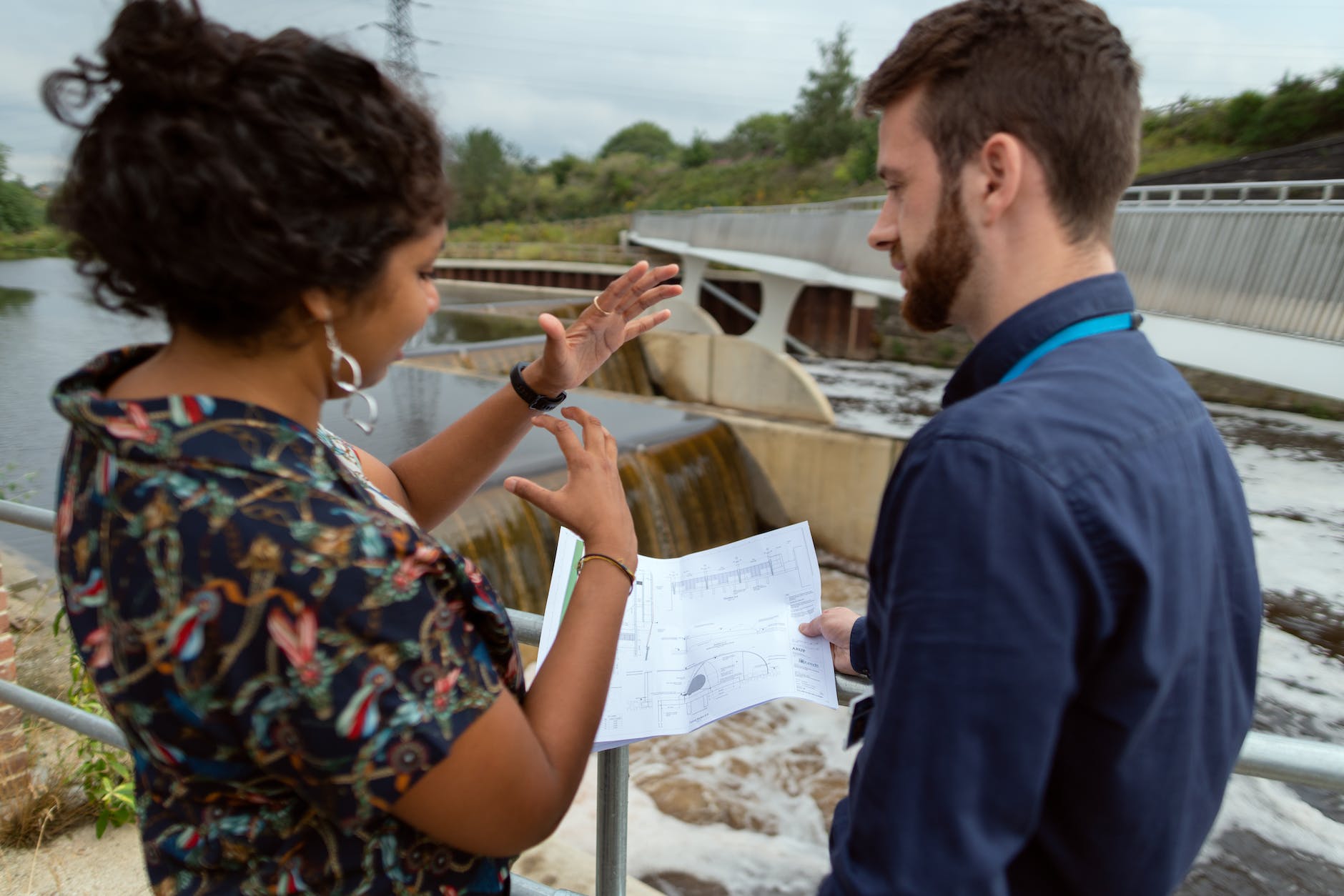
Safety Engineer Roles and Responsibilities
Safety Engineer Roles and Responsibilities : In today’s fast-paced world, ensuring the safety and well-being of individuals in various environments has become a paramount concern. Safety engineers play a vital role in this endeavor by identifying potential hazards, implementing preventive measures, and ensuring compliance with safety regulations. Let’s delve into the multifaceted roles and responsibilities of a safety engineer in different industries.
Introduction
Safety engineers are unsung heroes who work tirelessly behind the scenes to ensure that workplaces, public spaces, and various environments are secure and free from potential hazards. Their expertise covers a wide range of industries, from construction to healthcare, and their dedication significantly contributes to preventing accidents and safeguarding lives.
Understanding the Role of a Safety Engineer
A safety engineer is responsible for assessing potential risks, creating strategies to mitigate them, and ensuring compliance with safety standards. Their overarching goal is to prevent accidents and injuries by implementing effective safety protocols.
Key Responsibilities
3.1 Ensuring Workplace Compliance
Safety engineers are responsible for ensuring that workplaces adhere to local, national, and international safety regulations. They conduct regular audits and inspections to identify any deviations and recommend corrective actions.
3.2 Identifying and Analyzing Hazards
Identifying potential hazards is a cornerstone of a safety engineer’s role. They meticulously analyze workplace processes, equipment, and procedures to pinpoint potential risks and develop strategies to eliminate or minimize them.
3.3 Developing Safety Protocols
Safety protocols are the backbone of any secure environment. Safety engineers create comprehensive protocols that outline the steps to be taken in various situations, ensuring that everyone knows how to respond to emergencies.
3.4 Training and Education
Safety engineers provide training to employees on safety procedures, equipment operation, and emergency response. By educating the workforce, they empower individuals to actively participate in maintaining a safe environment.
3.5 Incident Investigation and Reporting
When accidents occur, safety engineers lead investigations to determine the root causes. By identifying the underlying factors, they help prevent similar incidents in the future. Detailed reports are crucial for making informed decisions and implementing improvements.
Collaboration with Cross-functional Teams
4.1 Communication with Management
Safety engineers work closely with management to create a culture of safety within the organization. They provide insights, data, and recommendations to drive strategic decisions that prioritize safety.
4.2 Coordination with Health Professionals
In industries like healthcare, safety engineers collaborate with health professionals to ensure that medical facilities are secure for both patients and staff. This partnership guarantees comprehensive safety measures.
4.3 Partnership with Engineers and Designers
Safety engineers collaborate with engineers and designers during the planning and design phases of projects. This proactive approach integrates safety considerations into the initial stages, preventing potential hazards from arising.
Industry-specific Expertise
5.1 Construction Safety
In the construction industry, safety engineers oversee the implementation of safety protocols on building sites. They assess risks associated with heavy machinery, working at heights, and hazardous materials.
5.2 Industrial Manufacturing Safety
Safety engineers in manufacturing ensure that equipment, machinery, and processes are designed and operated safely. They address issues related to machine guarding, chemical exposure, and ergonomic risks.
5.3 Healthcare Facility Safety
In healthcare, safety engineers focus on infection control, patient handling, and the safe operation of medical equipment. Their efforts contribute to the well-being of patients, staff, and visitors.
5.4 Transportation Safety
Safety engineers in transportation industries work to prevent accidents involving vehicles, trains, aircraft, and ships. They design safety systems, assess transportation routes, and develop emergency response plans.
Staying Abreast of Regulations and Best Practices
Safety regulations and best practices evolve over time. Safety engineers must stay informed about the latest changes and ensure that their organizations remain compliant. This involves continuous learning and adaptation.
Technological Integration in Safety Measures
Technology plays a pivotal role in modern safety engineering. Safety engineers utilize data analytics, sensors, and predictive modeling to identify potential risks and implement proactive measures.
The Human Element: Effective Communication
Beyond technical expertise, safety engineers excel in communication. They convey complex safety information in a clear and understandable manner, fostering a safety-conscious environment.
Challenges Faced by Safety Engineers
Safety engineers often encounter challenges such as resistance to change, balancing production goals with safety, and addressing unique industry-specific risks. Their ability to navigate these challenges is instrumental in their success.
Future of Safety Engineering
As industries continue to evolve, safety engineering will remain a critical field. The integration of AI, automation, and advanced analytics will enhance the effectiveness of safety measures, leading to safer workplaces and environments.
Conclusion
Safety engineers are dedicated professionals who play a pivotal role in ensuring the well-being of individuals across various industries. Their proactive approach, technical expertise, and collaboration with cross-functional teams create a safer world for us all.
Safety Officer Interview in Saudi Arabia
Aramco Safety Officer Interview Questions and Answers
Fire Safety Interview Questions and Answers
Refinery Safety Interview Questions and Answers
FAQs
12.1 What qualifications are required to become a safety engineer?
To become a safety engineer, one typically needs a bachelor’s degree in engineering, occupational health, or a related field. Some roles may require additional certifications or a master’s degree for specialized positions.
12.2 Is safety engineering limited to specific industries?
No, safety engineering is applicable to a wide range of industries, including construction, manufacturing, healthcare, transportation, and more. Each industry has its unique risks that safety engineers address.
12.3 How do safety engineers contribute to incident investigation?
Safety engineers lead incident investigations by analyzing the circumstances leading to accidents. They identify root causes, suggest preventive measures, and create reports to prevent future occurrences.
12.4 Can technology replace the role of safety engineers?
While technology enhances safety measures, the human expertise of safety engineers in assessing complex situations, effective communication, and adapting to new challenges cannot be fully replaced by technology.
12.5 What are some emerging trends in safety engineering?
Emerging trends in safety engineering include the integration of wearable technology for real-time monitoring, the use of AI for predictive safety analytics, and the emphasis on mental health and well-being in workplaces.
























